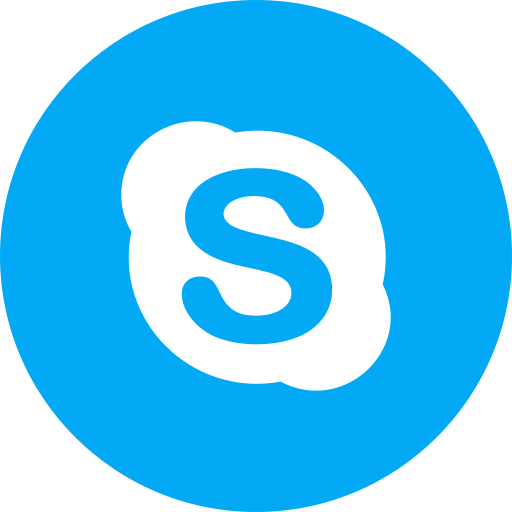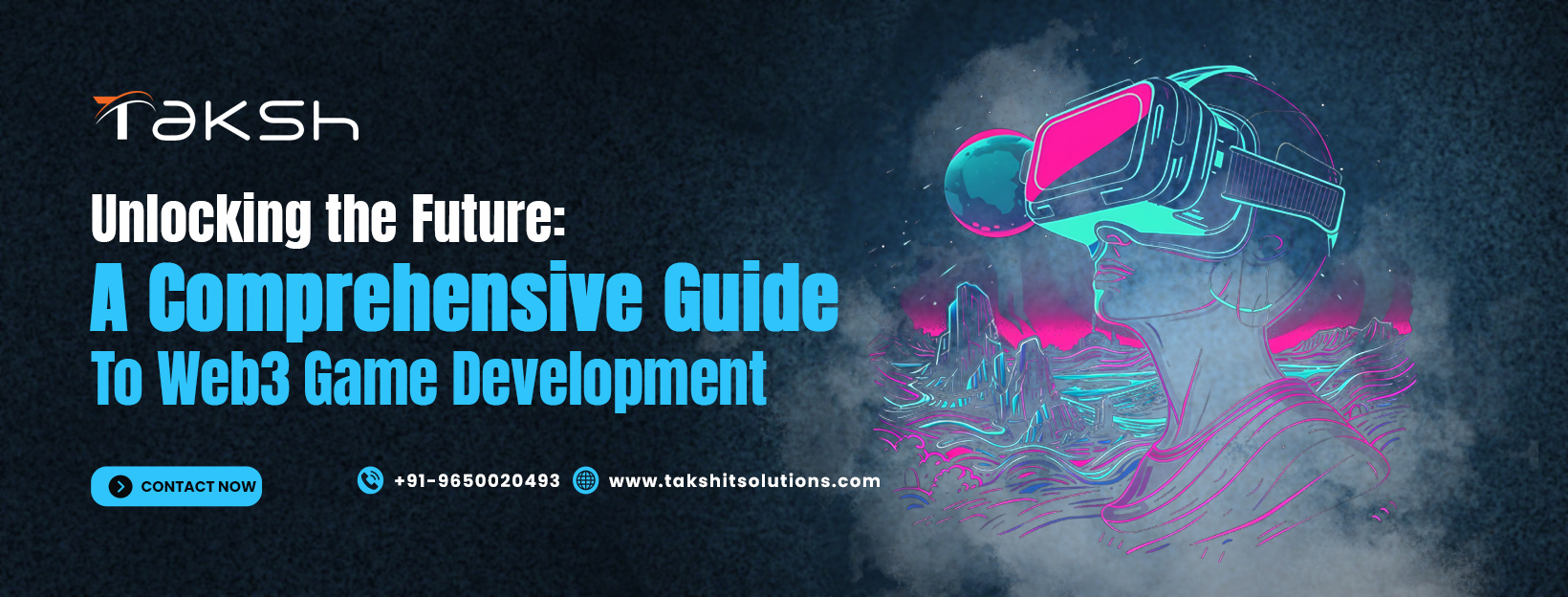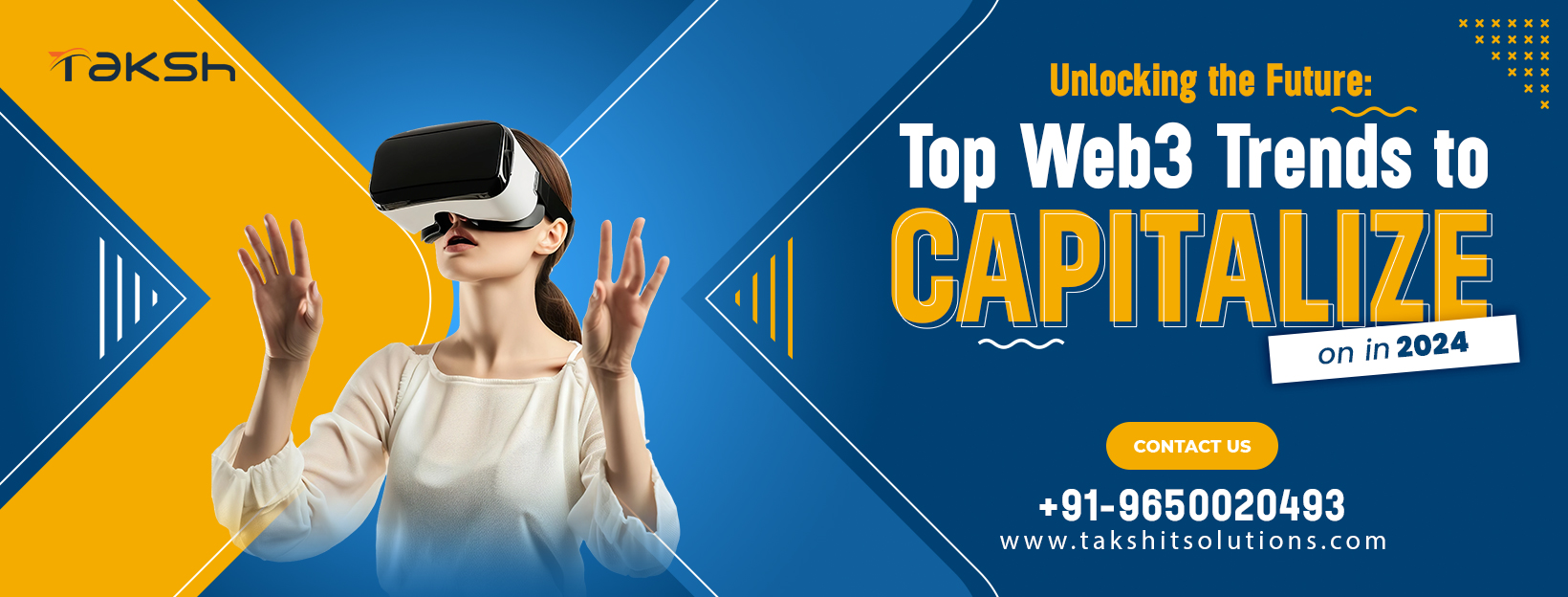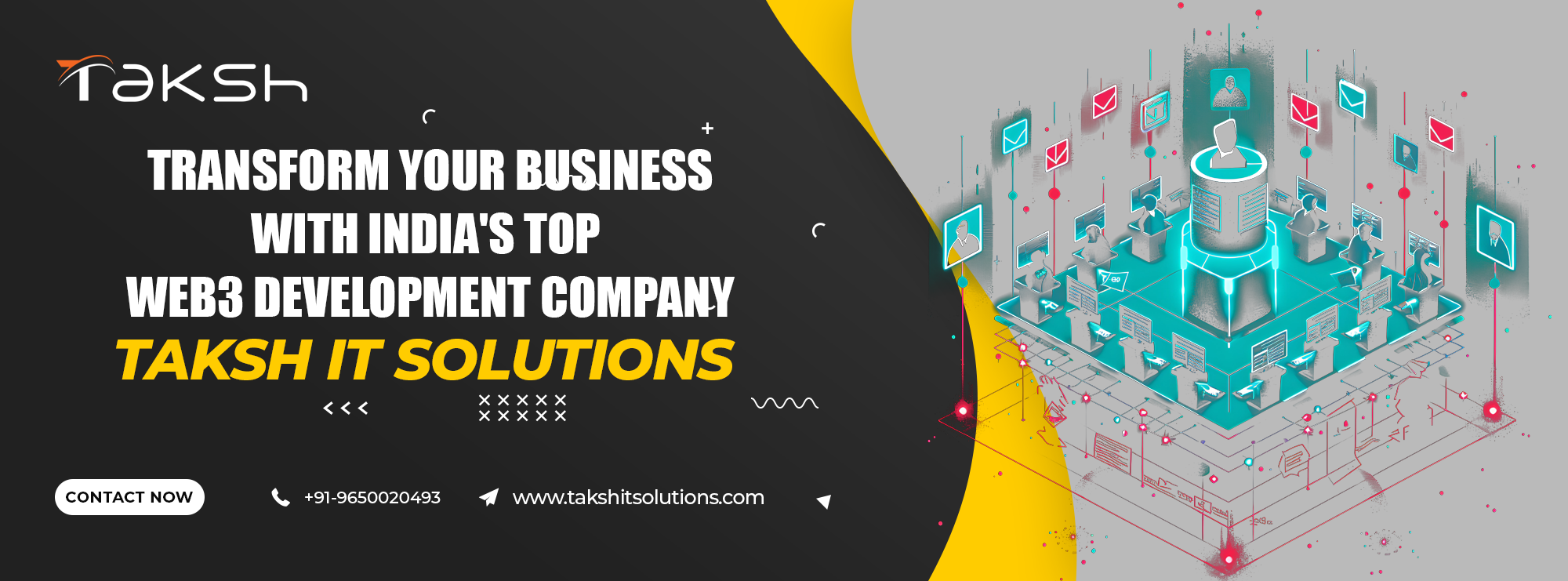What is Web3?
Before diving into game development, it's crucial to understand what Web3 is. The term "Web3" refers to the next generation of the internet, characterized by decentralized networks, blockchain technology, and a focus on user empowerment. Unlike Web2, which is dominated by centralized platforms and corporations, Web3 allows users to have control over their data and digital assets.
In the context of gaming, this means players can truly own in-game assets, trade them freely, and even participate in the governance of the game itself. The integration of blockchain technology facilitates these changes, creating new economic models and opportunities for players and developers alike.
The Building Blocks of Web3 Games
1. Blockchain Technology
At the heart of Web3 gaming is blockchain technology. Blockchains are decentralized ledgers that record transactions across many computers. In gaming, this allows for the creation of unique digital assets, often referred to as Non-Fungible Tokens (NFTs). These assets can represent anything from in-game items to characters, ensuring that players have true ownership.
When developing a Web3 game, choosing the right blockchain is crucial. Ethereum is the most popular platform for NFT creation, but alternatives like Binance Smart Chain, Solana, and Polygon offer unique advantages in terms of speed, scalability, and transaction costs.
2. Smart Contracts
Smart contracts are self-executing contracts with the terms of the agreement directly written into code. They automate processes and facilitate transactions without intermediaries. In Web3 game development, smart contracts can manage in-game economies, govern asset transfers, and enforce rules and player interactions.
For example, a smart contract could automatically transfer ownership of an NFT when a player sells it, ensuring transparency and security in transactions.
3. Decentralized Applications (dApps)
Web3 games are typically decentralized applications, or dApps. Unlike traditional applications that run on centralized servers, dApps operate on a blockchain network. This decentralization ensures that the game is resistant to censorship and gives players more control.
Developers can use various frameworks like Ethereum’s Truffle, Hardhat, or Moralis to build dApps efficiently. These tools provide essential functionalities such as smart contract management, testing, and deployment.
Game Design Principles in a Web3 Context
Creating a successful Web3 game goes beyond just integrating blockchain features. Here are some design principles to consider:
1. Player Empowerment
One of the most significant advantages of Web3 gaming is player empowerment. Players should have a say in the game's development and direction. Incorporating governance mechanisms, such as decentralized autonomous organizations (DAOs), allows players to participate in decision-making processes. This engagement fosters a stronger community and a sense of ownership.
2. Economic Incentives
In traditional gaming, players invest time and money but don’t reap tangible rewards. Web3 games flip this model. Players can earn through gameplay, trade assets, and even invest in the game’s ecosystem. Designing a balanced economy is crucial—developers must ensure that incentives promote healthy gameplay and discourage exploitative behaviors.
3. Interoperability
Interoperability refers to the ability of different games and platforms to work together. In the Web3 space, creating assets that can be used across multiple games adds immense value. For example, a sword from one game could be used in another, increasing player investment and engagement. Developers should consider cross-game compatibility during the design phase.
Development Tools and Frameworks
To develop a Web3 game, you’ll need a variety of tools and frameworks. Here are some essential ones:
1. Unity and Unreal Engine
These popular game engines are increasingly supporting blockchain integrations. Unity offers various plugins to connect with blockchain networks, while Unreal Engine is known for its high-quality graphics, making it suitable for immersive gaming experiences.
2. Ethereum Development Frameworks
Tools like Truffle, Hardhat, and OpenZeppelin provide essential functionalities for building and managing smart contracts. They offer templates, testing environments, and security audits, which are crucial for a robust development process.
3. IPFS (InterPlanetary File System)
For storing game assets and data, decentralized storage solutions like IPFS are essential. They allow developers to host assets in a distributed manner, ensuring they remain accessible and tamper-proof.
Challenges in Web3 Game Development
While the prospects of Web3 game development are exciting, there are also challenges to consider:
1. Scalability
As games gain popularity, handling a large number of transactions can be daunting. Many blockchains struggle with scalability, leading to high fees and slow transaction times. Developers must choose scalable solutions or layer-2 solutions like Polygon to mitigate these issues.
2. Security
The decentralized nature of Web3 introduces unique security challenges. Smart contracts are vulnerable to hacks and exploits if not properly audited. Developers must prioritize security by following best practices and conducting thorough audits.
3. User Experience
Web3 applications can be complex for users unfamiliar with blockchain technology. Ensuring a smooth onboarding process, with simple wallet integrations and intuitive interfaces, is essential for attracting and retaining players.
 +91 9650020493 |
+91 9650020493 |  business@takshitsolutions.com |
business@takshitsolutions.com |  |
|  |
|  |
|  |
| 
Conclusion
Web3 game development is an exciting and rapidly evolving field that combines gaming with the transformative potential of blockchain technology. By understanding the basics—blockchain, smart contracts, dApps, and key design principles—developers can create engaging and player-centric gaming experiences.
As the landscape continues to evolve, those willing to embrace the challenges and opportunities of Web3 will shape the future of gaming. At Taksh IT Solutions Private Limited, we are committed to guiding developers on their journey into this new frontier, equipping them with the knowledge and tools needed to succeed. The future of gaming is here, and it’s decentralized. Are you ready to play?
Thank you for reading our Web3 Development blog. We look forward to sharing more insights and tips with you in the future!
Feel free to contact us for all types of Web3 Development Solutions.
Business Email Id: business@takshitsolutions.com
Contact Number: +91 9560602339 / +91 9650020493















 Comment
Comment
5Comment
14-Nov-2024